Conveyor Belt Scale Design
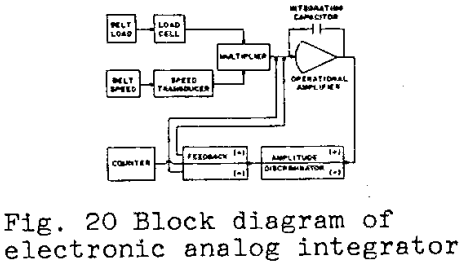
Weight may be defined as the gravitational attraction or earthpull on a body (mass). Thus, from a practical viewpoint, a scale or other form of weighing device is a means for determining mass. Weighing devices fall into two principal categories: (1) gravimetric; and (2) non-gravimetric or nuclear devices. At present, after many centuries of use, […]
Using Platinum Electrodes to Indicate Redox Potential

Platinum electrodes are not inert as originally thought to be. The reactivity of platinum electrodes can explain their erratic behavior in many electrochemical measurements of metallurgical interest, e.g., in flotation systems, streaming potential measurements, contact-angle measurements, and in leaching systems. Experimental Procedure A rotating platinum electrode was used in many of the measurements to study […]
Granulometric Separation of Granular Materials
Classical apparatus for granulometric separation generally have limited applications which are found either in the level of the size of separation or in that of the accuracy and the efficiency of the separation or in that of the rate of feed. Principles and Description of the Sieving – Panel The study of the problems of […]
Aqua Regia for Total Copper and Zinc Content of Granitic Rocks
One of the analytical problems in exploration geochemistry is the choice of a method of sample attack which would be rapid, simple and reliable in terms of precision and discrimination between different concentration levels of elements sought. The wet sample attacks currently used in analysis of silicate rocks vary from total decomposition to leaching by […]
Treatment Methods for Mining and Ore Processing Wastewaters
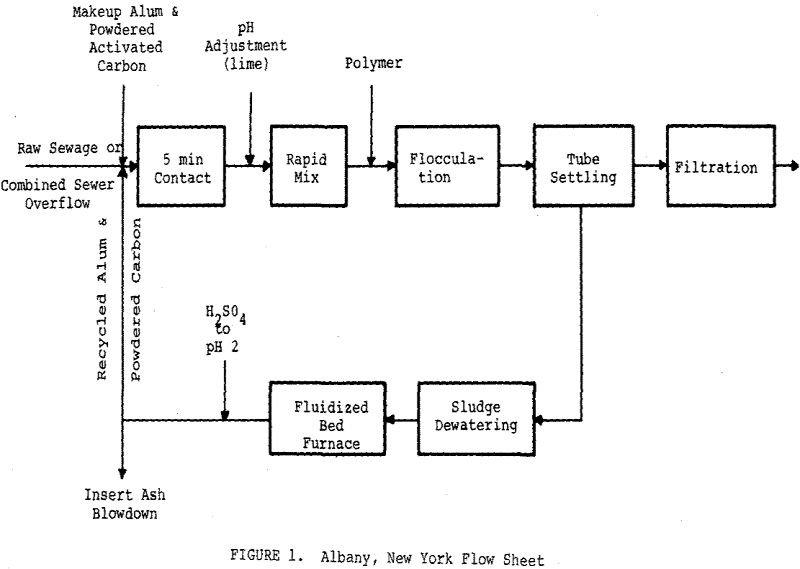
Increased emphasis on industrial pollution control has intensified investigation of waste treatment technology for methods of reducing the amount of pollutants discharged by industry. The mining and mineral processing industry can point to a record of considerable accomplishment in the field of wastewater treatment and reclamation because these operations are so frequently an integral part […]
Thickener Design and Theory Problems
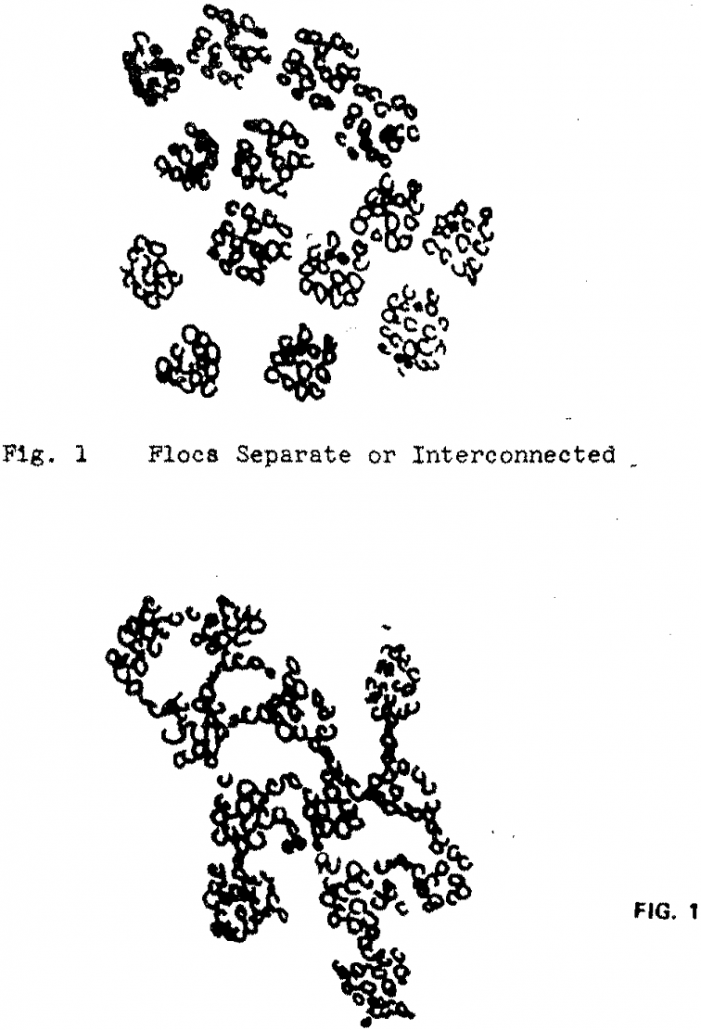
This paper will review thickening theory, from the study but of the practicing engineer, with particular emphasis on areas of uncertainty or disagreement. It will attempt to outline broadly what we know and what we don’t know. This should serve two purposes. First, it will warn the process engineer where he might get into trouble. […]
Tailings Dam Sealed by Slimes Slurry
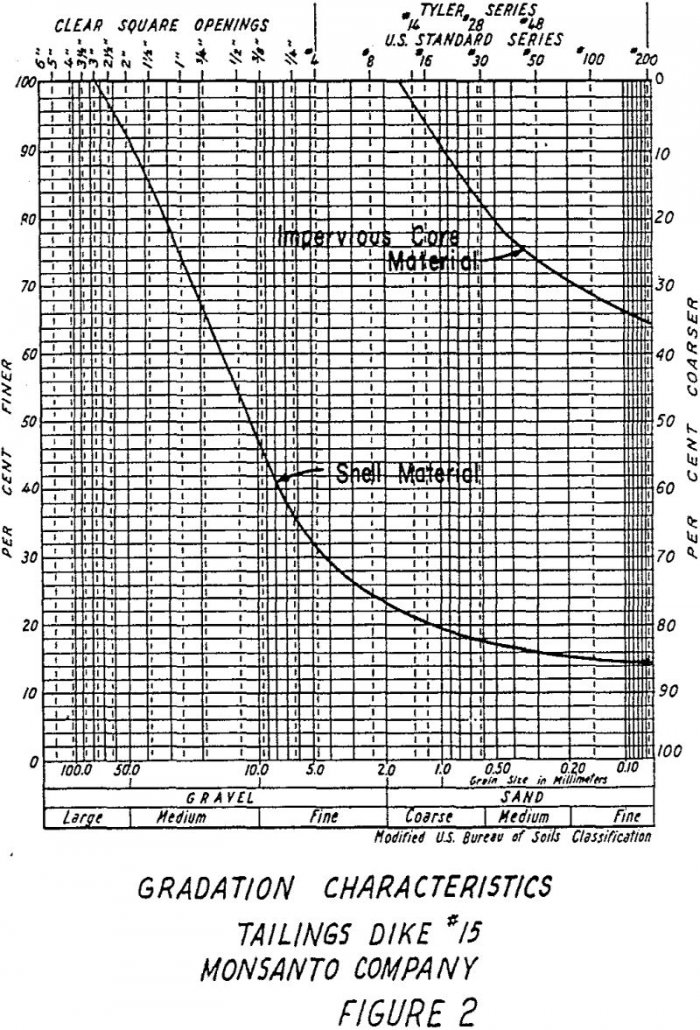
In 1965, Monsanto started planning of a new dike (No. 15) for use in disposing of ore tailings at its Columbia, Tennessee phosphorus plant. Generally, in the phosphorus industry only clay tailings are produced making it necessary to borrow fill for construction of a retaining dike. Borrow area investigations indicated that weathered shales and limestones […]
Electrochemistry of Pyrite and Sulphide Flotation

In spite of the importance of the presence of pyrite in the flotation of sulphide ores, not many studies have been made from the electrochemical point of view. It is generally recognized that the oxidation of sulphide minerals is one of the most important factors among those which affect the floatability of sulphide minerals. The […]
Stability of Lead Ethylxanthate in Aqueous Systems
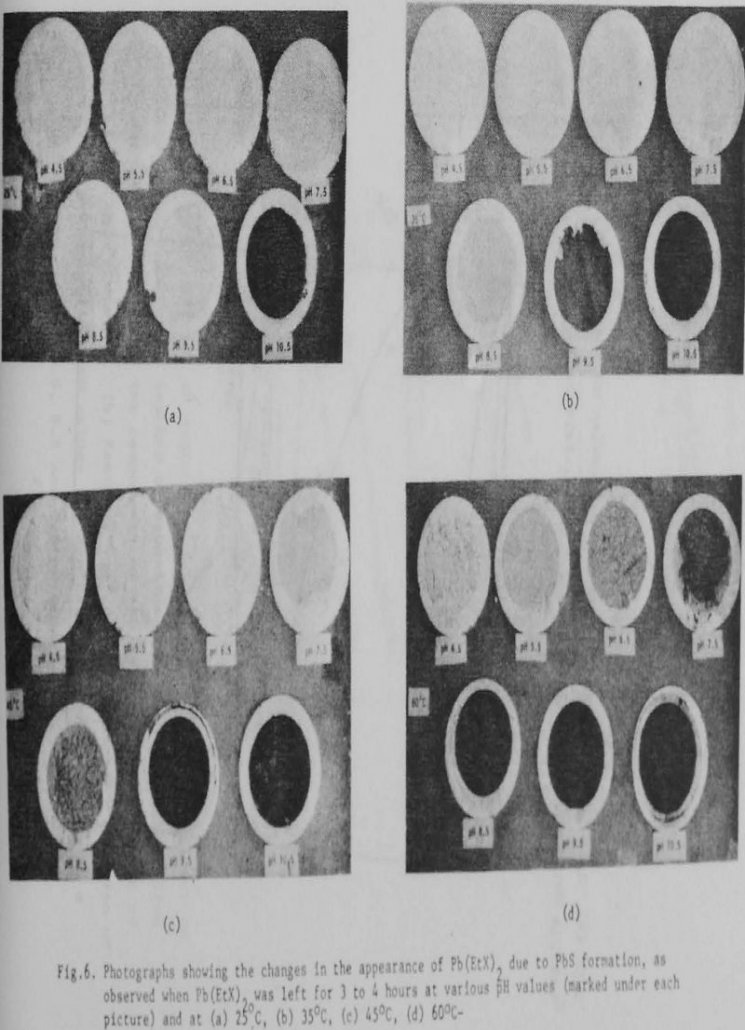
In galena flotation, lead ethyl xanthate, Pb(EtX)2, is precipitated and is physically adsorbed in the form of multilayers on the chemically adsorbed first layer of Pb(EtX). The solid particles are coated with layers of Pb(EtX)2 in heterogeneous manner over surface areas possessing both anodic and cathodic character. It is anticipated that the mode of formation […]
Sphalerite Activation by Copper Sulphate-Cyanide Combination
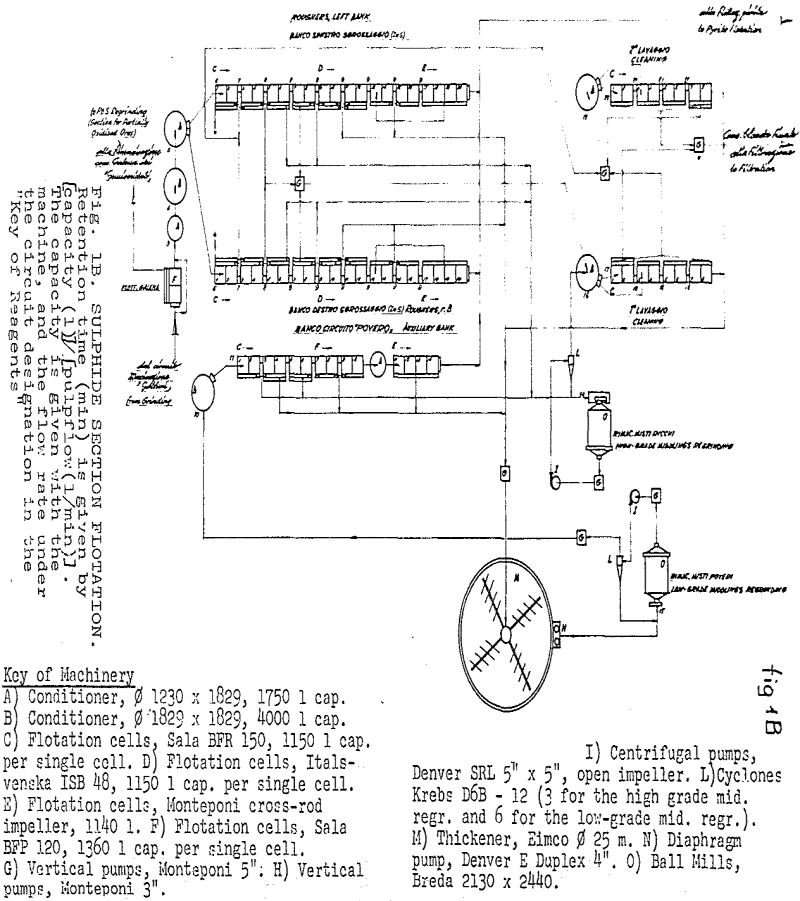
The main constituent of the feed to the “Sulphide Section” (31 t/h), in the F. Sartori Plant (6000 t/d) of the Miniere di Monteponi(Sardinia), is the ore of the Campo Pisano – Funtanaperda Mine. Difficulties have always been experienced in the treatment of this ore, owing to the extremely fine Pyrite-Sphalerite intergrowth and to the […]
